‘Offline online divide will become minimal’
By Mohit Manghani | November 05, 2019
In a special interaction with Retail4Growth, Tanvi Malik & Shivani Poddar, Co-founders, High Street Essentials Pvt. Ltd, talk about the brand’s journey and expansion plans, while sharing some interesting insights on consumers, both in the online & offline spaces.
 It takes a lot of grit, passion and hard work to start, run and expand a business today. Along with the long hours, compromise, sacrifice, and a lot of stress, each day brings new obstacles to overcome. In 2012, when Shivani Poddar and Tanvi Malik started High Street Essentials, an online destination for branded women’s fashion, multiple challenges arose, but the pair’s clear vision, persistence, and optimism turned each obstacle into an opportunity.
It takes a lot of grit, passion and hard work to start, run and expand a business today. Along with the long hours, compromise, sacrifice, and a lot of stress, each day brings new obstacles to overcome. In 2012, when Shivani Poddar and Tanvi Malik started High Street Essentials, an online destination for branded women’s fashion, multiple challenges arose, but the pair’s clear vision, persistence, and optimism turned each obstacle into an opportunity.
Today, with a thriving online business and over 250+ offline retail touchpoints, High Street Essentials is one of India’s leading omnichannel fashion houses. Besides the western wear brand, FabAlley, HSE owns Indya - that caters to the burgeoning fusion-wear industry; and Curve – a western wear brand for plus-sized women. In a special interaction with Retail4Growth, Tanvi Malik & Shivani Poddar, Co-founders, High Street Essentials Pvt. Ltd, talk about the brand’s journey and expansion plans, while sharing some interesting insights on consumers, both in the online & offline spaces.
Can you share a brief overview of High street Essentials? What drove to the launch of HSE? What were the key market drivers?
Back when we started, there was a huge gap between the growing demand for affordable women’s western wear and organized brands that were offering trendy styles at sweet prices. What existed in the market didn’t fit the average girl’s budget who was becoming increasingly aware of global fashion but didn’t have the avenues to shop. A stray conversation on these pain points with my co-partner Shivani Poddar led to the birth of High Street Essentials Pvt. Ltd. in 2012.
We started out with FabAlley which is a fashion-forward western wear brand, and in 2016 we launched Indya that caters to the burgeoning fusion-wear industry. We realized that a lot of women in the age group of 25 to 40 today do not want to wear traditional ethnic wear. Women with a moderately western lifestyle are looking for something which is modern, trendy and in line with what’s happening overall from a global fashion point of view. Hence, we wanted to start a brand which has the perfect mix of Indian traditions combined with global fashion influences.
We also have a brand that is a subset of FabAlley called Curve for plus-sized women. All three brands have an inimitable style signature and are attuned to modern Indian women.
Today, with a thriving online business and over 250+ offline retail touchpoints, HSE is one of India’s leading omnichannel fashion houses.
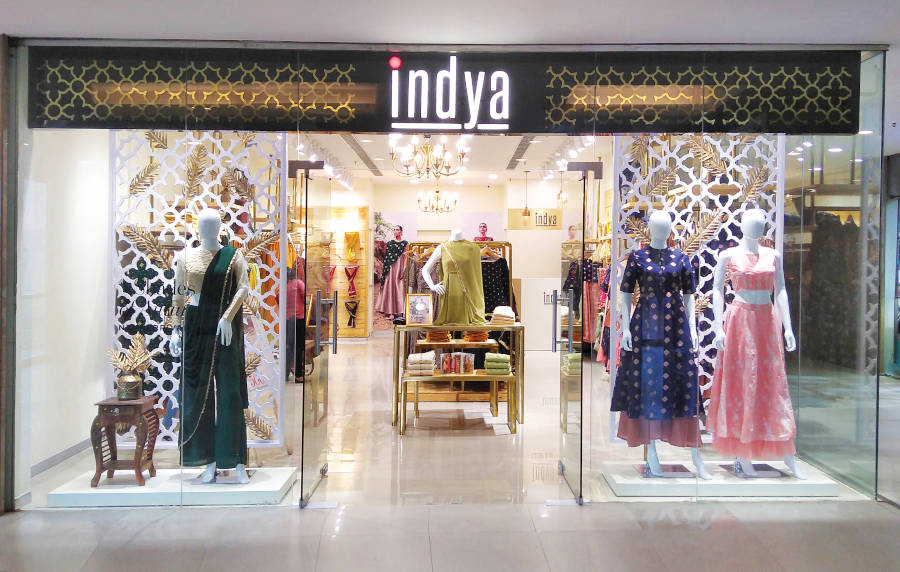
With the recent expansion of Indya (Kolkata) & FabAlley (Chandigarh), what are the other locations covered till date and is there any particular target audience you keeping in mind while selecting an area?
Indya has 200+ offline retail touchpoints. We have 20 + brand-owned stores in Delhi, Mumbai, Bangalore, Pune, Ludhiana and Kolkata with two recent launches in Chennai and Hyderabad.
We recently opened our first FabAlley store in Chandigarh and are prepping to open three more this month.
In Chennai, we’ve recently launched a new store format where we’ve brought in both our brands under one roof. FabAlley and Indya are also present in large format stores like Central, Globus, Ethnicity, and Lifestyle across tiers.
How do you see this market evolving? What about the consumer profile and behavior with regards to online-offline shopping? Do you see that changing too? Can you share some insights? Any other unique observations about this market?
With high penetration of smartphones and highly accessible internet data, we see that more and more people in these markets are getting exposed to global fashion and are already showing signs of evolution and becoming more discerning as customers.
At the moment the intersect between online and offline is not very high, as online tends to get more value-driven customers and offline is more about those who are driven by quality and the touch-and-feel of a product. However, we are seeing heatmaps of where our customers are present offline and we’re noticing trends of online shopping behavior increasing there. Going forward, shopping is going to become all about convenience and will be driven by the needs of the customers, be it next-day-delivery or getting the perfect fits. Different occasions will call for different shopping behaviors and the divide between online and offline will become minimal.
Read the full interview in the October 2019 edition of VM&RD.

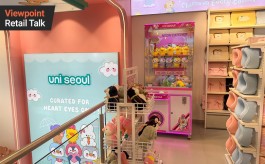
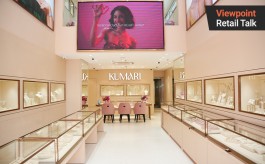
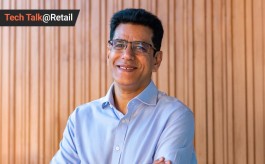

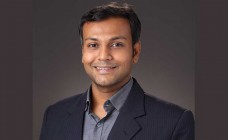
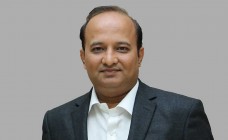


Comments